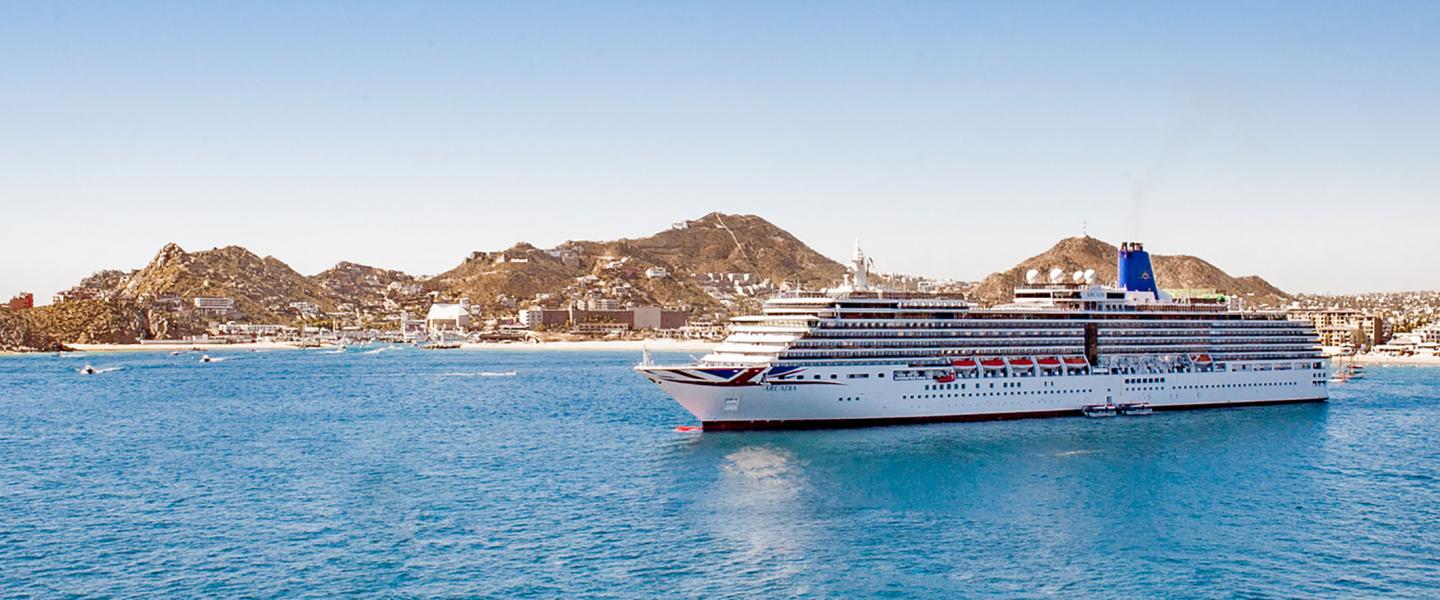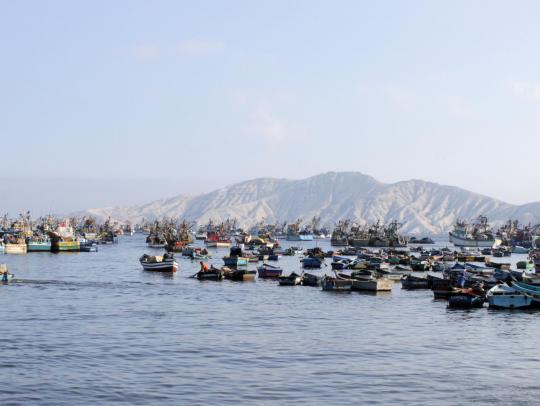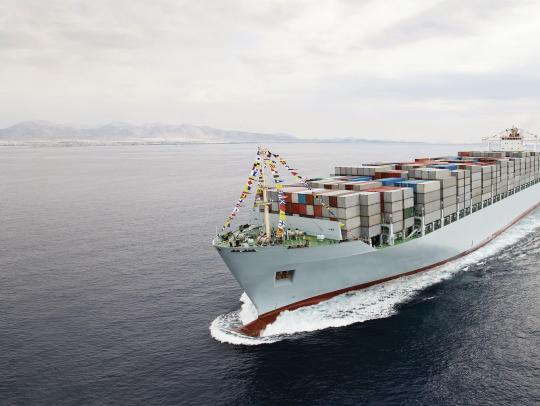Seas of change at Seatrade Cruise Global 2024


Maritime
This week’s Seatrade Cruise Global 2024 saw the international cruise industry gather once again to discuss the latest developments and innovations. From turning the high seas into moving offices, to embarking on remote expeditions and advancing sustainability, there were several emerging trends in demands from operators and passengers alike.
At the core of this transformation is enhanced digitalization and connectivity. Responding to these seas of change, SES is building a multi-orbit fleet to support the cruise industry’s digital transformation and sustainability journey, as well as meet passenger expectations, wherever a vessel may be sailing.
Here’s a round-up of the top three trends that Gregory Martin, VP of Product, Maritime at SES, observed on the ground and how connectivity is helping meet the demand.
Elevated guest experiences
Cruise lines are increasingly offering personalised and connected luxury experiences as standard, which has enabled the industry to remain competitive. But as customer expectations continue to rise, so does the demand for connectivity.
Lines including Disney Wish have led the charge when it comes to innovation by using augmented reality experiences, while others have leveraged cloud-based data to make traditional experiences more personalised. This includes lines that use cloud-data applications and AI to understand a guest’s preferences and to tailor experiences and the booking process to make them smoother.
As cruise lines invest in an elevated guest experience, they also open themselves to new passengers. Major cruise lines have changed their target customers to reflect this – moving away from older or retired passengers to focus on upwardly mobile millennials and Gen Z. Millennials and Gen Z passengers expect high-speed WIFI throughout their voyage as standard, which puts the onus on cruise lines to offer more affordable and reliable wi-fi packages with high speeds, low latencies, and exceptional bandwidth regardless of location.
Enabling operators to meet this demand will require reliable connectivity, as well as the ability to manage satellite capacity and coverage efficiently. As the industry’s only multi-orbit player, SES is uniquely positioned to offer Adaptive Traffic Management to allow operators to optimally and dynamically route various types of traffic (passenger experience, crew communications, passenger entertainment, etc.) over the best link, according to the cruise operator’s standards and needs – no matter the location. This ‘Link Agility’ allows SES to rebalance our cruise operator customers’ forward and return throughputs on each ship so that they can avoid paying for bandwidth they’re not using by flexibly allocating it as it’s needed. SES’s second-generation MEO system, O3b mPOWER also allows for predictable, consistent and reliable low-latency performance with low to no jitter, which is hard to achieve for current LEO providers and is a crucial component that digital nomads need to rely on.
Remote voyages and bigger ships
While the Mediterranean and Caribbean will continue to be popular destinations, there’s a growing appetite for more remote voyages that steer away from traditional tourist hubs. From Alaska to the northern Baltic and Scandinavia, the appeal is not only in the destination, but also in being able to explore the world’s most remote locations from the comfort of a cruise ship.
Delivering connectivity in these frontiers has historically been challenging, resulting in bandwidth restrictions and coverage restraints. Moving forward, partnerships and collaborations, like our SES Cruise mPOWERED + Starlink service, where we integrate services across GEO, MEO and LEO orbits will be key in addressing these growing demands and meeting expectations.
Furthermore, with cruise vessels becoming larger and welcoming more passengers than ever, this brings the technical challenge of scaling up throughput for all users. To do that, they need SES’s multi-orbit network and the right partnerships and collaborations to help the cruise industry deliver on these connectivity demands.
Sustainability
Consumer behavior is shifting in favor of more eco-conscious choices; putting a global spotlight on the impact of cruise ships’ environmental records. At the same time, tightening environmental regulations, consumer demand, ESG reporting and a push to reach net-zero emissions by 2050, led by the International Maritime Organization (IMO), all mean that sustainability will be a key pillar of retaining and attracting passengers, as well as determining access to capital and investment.
This marks a step change in the way cruise lines will operate, making it increasingly important for businesses to measure and report on their sustainability practices.
Acting on this, we’ve seen an increasing interest in ‘smart ship’ technologies that allow operators to collect, analyze, and act on data generated by multiple touchpoints on vessels in real time. Being able to access this data, however, requires high-quality, high-bandwidth and low-latency satellite-based connectivity. The SES Cruise mPOWERED + Starlink offering seamlessly combines the best of GEO, MEO and LEO orbits to allow offshore and onshore teams access the same wealth of data and work together to optimize operations and put the planet first.



